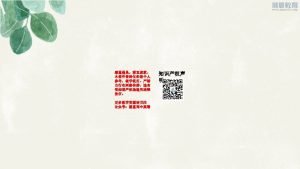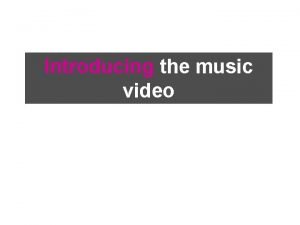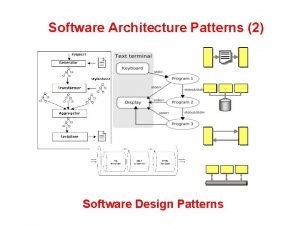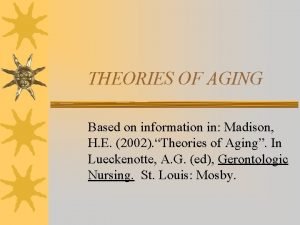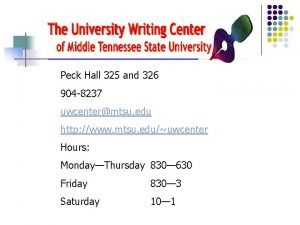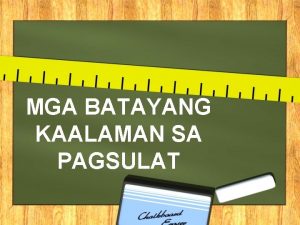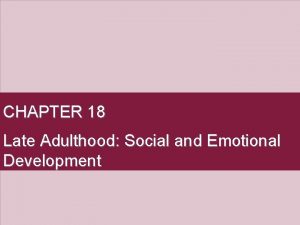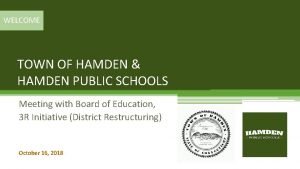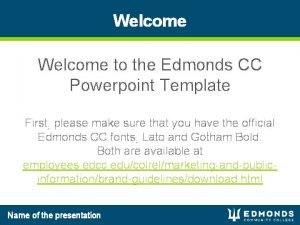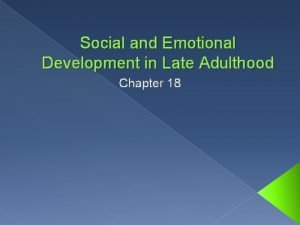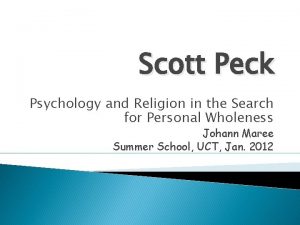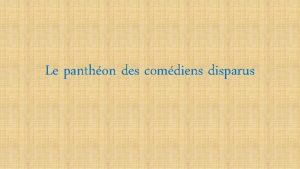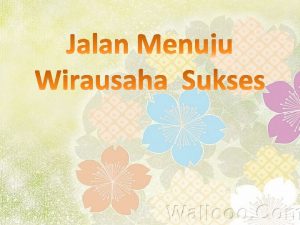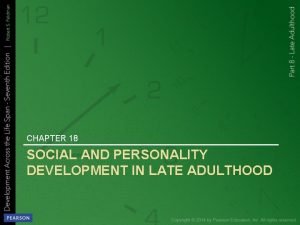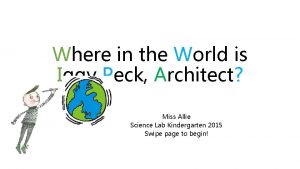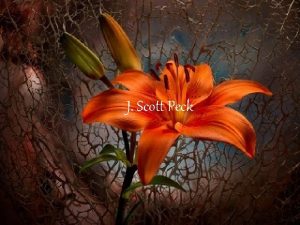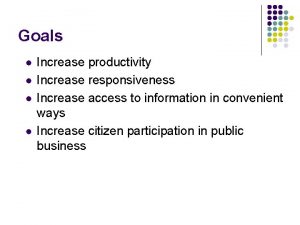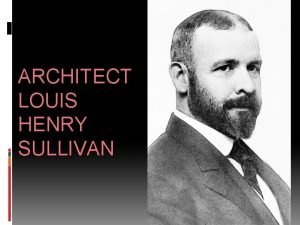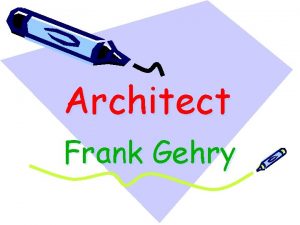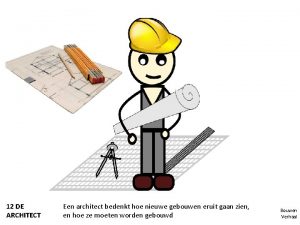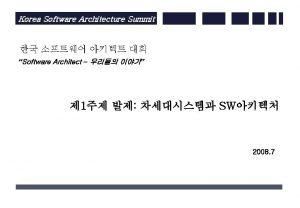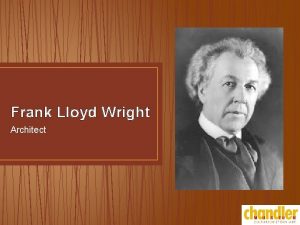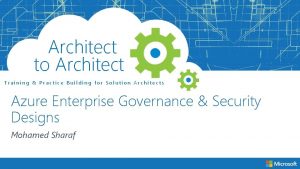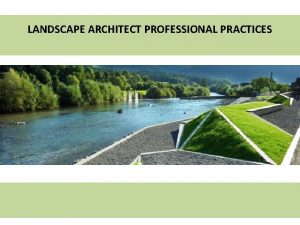Iggy Peck Architect Using Engineering Design to Increase
















- Slides: 16

Iggy Peck Architect “Using Engineering Design to Increase Literacy and STEM Interest Among Third Graders” This material is based upon work supported by the Engineering Science Foundation of Dayton under Grant No. AD 2018 -0001 and through a 2017 -18 grant from the Marianist Foundation.

Day 1: Journal Entry Describe your favorite room in your house. ▪ ▪ ▪ What do you call this room? What does the room look like? What makes this room cosy? What makes this room fun? What is your favorite thing to do in this room? This material is based upon work supported by the Engineering Science Foundation of Dayton under Grant No. AD 2018 www. clipartsuggest. com 0001 and through a 2017 -18 grant from the Marianist Foundation.

6 Rules of STEM ▪ Be nice to everyone. ▪ Use a normal speaking level (do not yell). ▪ Be quiet while others are talking. ▪ Keep your hands and feet to yourself. ▪ Come to STEM and have fun every time. ▪ Respect each other. ▪ Our class goal is: to be nice to each other everyday This material is based upon work supported by the Engineering Science Foundation of Dayton under Grant No. AD 20180001 and through a 2017 -18 grant from the Marianist Foundation.

Define Architect An architect is…. . a person who designs buildings and in many cases also supervises their construction. This material is based upon work supported by the Engineering Science Foundation of Dayton under Grant No. AD 20180001 and through a 2017 -18 grant from the Marianist Foundation.

Engineering Design Problem and Challenge Problem: Last week we built bridges following the directions from K'nex kits that would allow people to cross a river. This week you are an architect, just like Iggy Peck, and you have been commissioned to design a bridge that will cross an even wider river. Challenge: Your team’s challenge is to design then create a prototype of a bridge that people and cars could use cross the wide river. www. goodreads. com This material is based upon work supported by the Engineering Science Foundation of Dayton under Grant No. AD 20180001 and through a 2017 -18 grant from the Marianist Foundation.

Design Goals ▪ Design a bridge using K’Nex Education- Introduction to Structures: Bridges. ▪ The bridge must be 8 panels long. ▪ The bridge should hold the most weight possible. This material is based upon work supported by the Engineering Science Foundation of Dayton under Grant No. AD 20180001 and through a 2017 -18 grant from the Marianist Foundation.

Resources K’Nex Education- Introduction to Structures: Bridge Pieces Panels Rods Connectors This material is based upon work supported by the Engineering Science Foundation of Dayton under Grant No. AD 20180001 and through a 2017 -18 grant from the Marianist Foundation.

Design Testing Procedures Prepare Test Reflect Redesign • Move two tables about 20 inches apart and place the bridge on top of the tables to connect them. • Make sure nothing is underneath the bridge or tables. • Add testing masses to the top of the bridge until it collapses or is no longer safe to use. • Record how much mass the bridge held. • Think about what part of the bridge broke. • Discuss how the bridge can be improved. • Use what you learned from testing to improve the bridge. • Retest to see if the improvements worked. This material is based upon work supported by the Engineering Science Foundation of Dayton under Grant No. AD 20180001 and through a 2017 -18 grant from the Marianist Foundation.

Ask Improve Create Imagine Plan ASK: What is the problem? How have others approached it? What are your constraints? IMAGINE: What are some solutions? Brainstorm ideas. Choose the best one. PLAN: Draw a diagram. Make lists of materials you will need. CREATE: Follow your plan and create something. Test it out! IMPROVE: What works? What doesn't? What could work better? Modify your designs to make it better. Test it out! www. teachengineering. org The Engineering Design Process

Ask • What do you need to change to make your bridge longer? • Will a longer bridge be weaker than a shorter bridge? • Do you need to change how the panels are supported? www. clipartpost. com • Would the panels be supported differently if your bridge was not so high off of the ground? This material is based upon work supported by the Engineering Science Foundation of Dayton under Grant No. AD 20180001 and through a 2017 -18 grant from the Marianist Foundation. www. clipartix. com

Day 2: Journal Prompt Can you think of an invention that modern engineers have redesigned to make better? What problems did they solve when they changed the invention? Write about how you could change something you use every day to make it better. This material is based upon work supported by the Engineering Science Foundation of Dayton under Grant No. AD 20180001 and through a 2017 -18 grant from the Marianist Foundation.

Ask: How could you make your bridge longer? Let’s learn more about how engineers redesign. Discuss how you could improve your solution with your partner. Make revisions. Draw new designs. This material is based upon work supported by the Engineering Science Foundation of Dayton under Grant No. AD 20180001 and through a 2017 -18 grant from the Marianist Foundation.

Design Testing Procedures Prepare Test Reflect Redesign • Move two tables about 20 inches apart and place the bridge on top of the tables to connect them. • Make sure nothing is underneath the bridge or tables. • Add testing masses to the top of the bridge until it collapses or is no longer safe to use. • Record how much mass the bridge held. • Think about what part of the bridge broke. • Discuss how the bridge can be improved. • Use what you learned from testing to improve the bridge. • Retest to see if the improvements worked. This material is based upon work supported by the Engineering Science Foundation of Dayton under Grant No. AD 20180001 and through a 2017 -18 grant from the Marianist Foundation.

Bridge Testing Drawing Example This material is based upon work supported by the Engineering Science Foundation of Dayton under Grant No. AD 20180001 and through a 2017 -18 grant from the Marianist Foundation.

Counting Masses Example Mass: Number of Masses the Bridge Held: 1000 grams 500 grams 100 grams 50 grams 2 1 1 1 Total Mass the Bridge Held: 2, 650 grams This material is based upon work supported by the Engineering Science Foundation of Dayton under Grant No. AD 20180001 and through a 2017 -18 grant from the Marianist Foundation.

Concluding Questions What ideas do you have for engineering a better world? How can you turn ideas into reality? www. goodreads. com This material is based upon work supported by the Engineering Science Foundation of Dayton under Grant No. AD 20180001 and through a 2017 -18 grant from the Marianist Foundation.
 Inference iggy questions
Inference iggy questions Inference iggy
Inference iggy Iggy pop
Iggy pop Software architecture design patterns
Software architecture design patterns Peck's expansion of erikson's theory
Peck's expansion of erikson's theory Peck hall mtsu
Peck hall mtsu Ano ang oral dimensyon
Ano ang oral dimensyon Robert peck's three developmental tasks
Robert peck's three developmental tasks Alice peck hamden
Alice peck hamden Dr peck edmonds
Dr peck edmonds Dr andrew peck
Dr andrew peck Elders' housing preferences reflect a strong desire for
Elders' housing preferences reflect a strong desire for Lily ho peck
Lily ho peck Comdiens
Comdiens Dr andrew peck
Dr andrew peck Murphy and peck
Murphy and peck Robert peck developmental tasks
Robert peck developmental tasks

